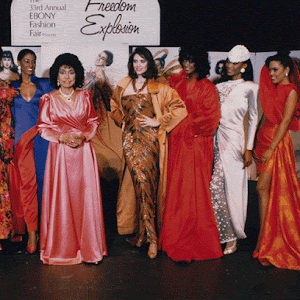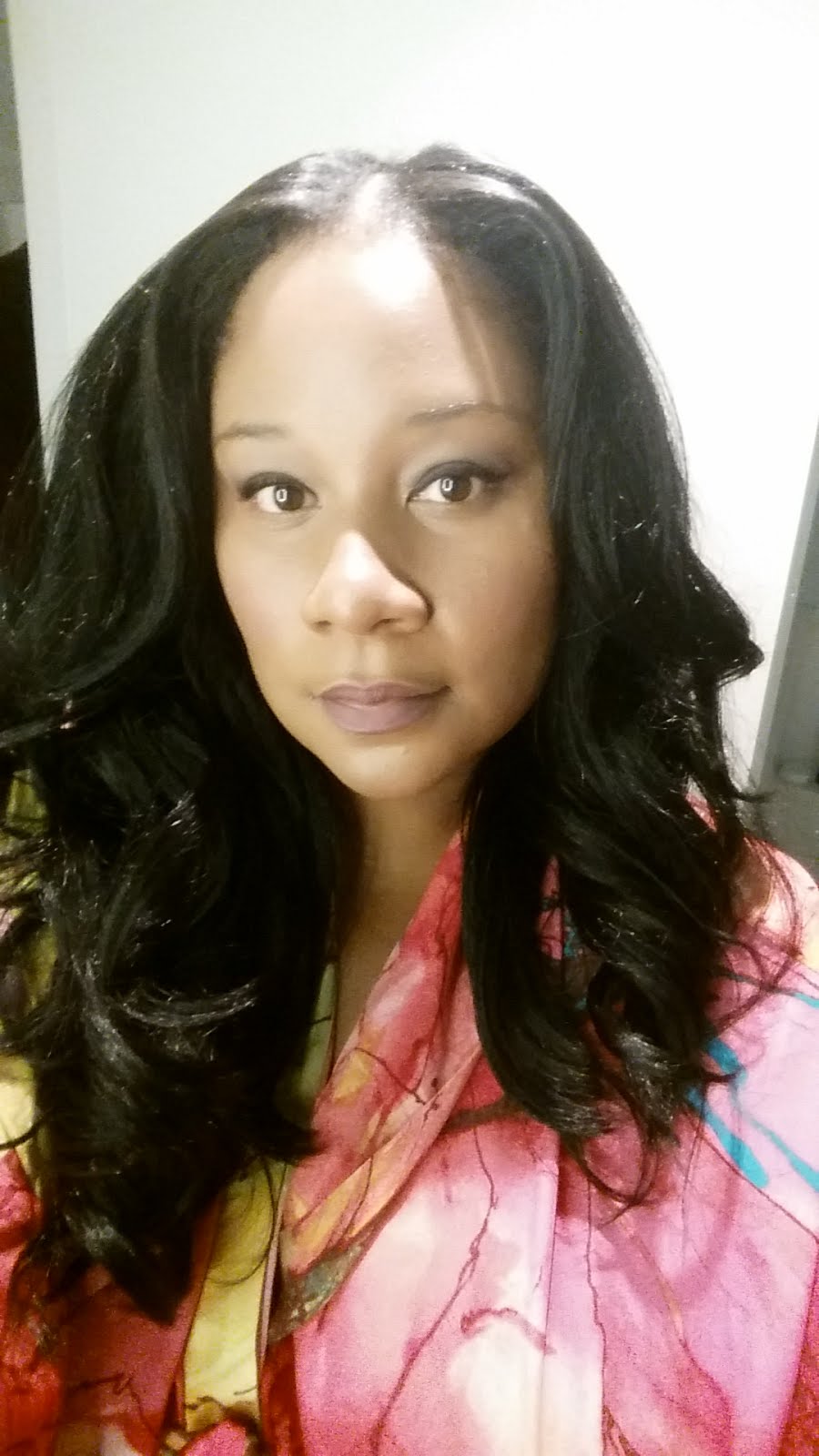 |
| photo courtesy of the California African American Museum website |
We all know about Elizabeth Smart, Laci Peterson, Natalee Holloway, and Chandra Levy, just to name a few of the most prolific missing persons cases involving white women.
But women like LaToiya Figueroa, a black and Hispanic woman who went missing and was eventually found murdered; and Tamika Huston, a black woman who was also found dead after being missing, only received coverage because of backlash against the "missing white woman syndrome."
There are still countless black women who are missing, whose stories are never told.
Kenyatta A.C. Hinkle, an interdisciplinary visual artist, writer, educator, and performer who lives and works in Los Angeles and Oakland, California is putting a spotlight on missing black women in American and the African diaspora, from history to the present, with her exhibit "The Evanesced."
The exhibit, which features drawings and a performance by Hinkle, is on view at the California African American Museum from March 2 through June 25, 2017.
From the California African American Museum: "Hinkle's abstract "un-portraits" of elusive figures--drawn with handmade brushes and while the artist improvises dances to blues, hip-hop, and Baltimore Club music--pivot between real and imagined narratives representing thousands of black women who have disappeared due to colonialism, human trafficking, homicides, and other forms of erasure."
On April 27, 2017 Hinkle will perform The Evanesced: Embodied Disappearance in the gallery, during which she will evoke various types of women navigating historical and contemporary contexts. The piece--which includes a soundtrack of whispers, shuffles, and snippets of popular and underground music--adds another dimension to this emotional examination of a fraught part of the black female experience."
Hinkle's work has been exhibited and performed at the Studio Museum in Harlem, New York; Project Row Houses in Houston, Texas; the Hammer Museum in Los Angeles, California; the Museum of Art at the University of New Hampshire; the Museum of the African Diaspora (MoAD) in San Francisco, California; and What If The World Gallery in Capetown, South Africa.































































